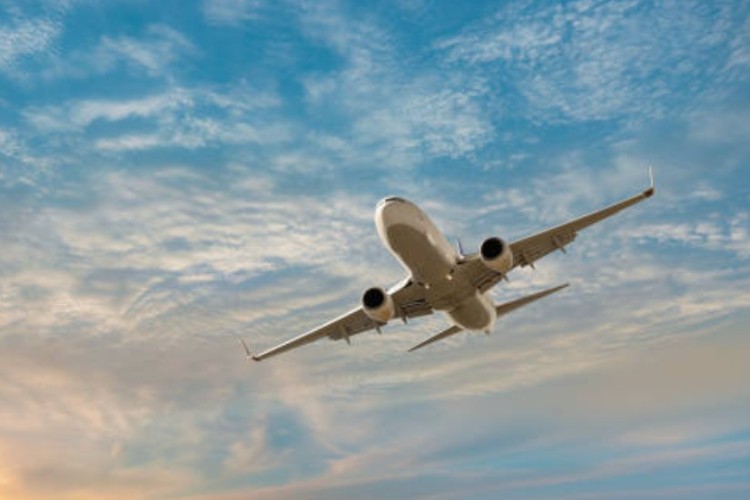
The crash of Air India Flight AI 171 on June 12 which killed 260 people seconds after take-off from Ahmedabad has revived a fear that the aviation boom masks a deeper rot. Days later the Directorate General of Civil Aviation disclosed 263 safety lapses across eight scheduled airlines in its latest annual audit — 57 at Alliance Air and 51 at Air India alone, with 19 categorised as the gravest “Level 1” breaches.
The coincidence is chilling, and it distils a larger truth: in the world’s third-largest aviation market, safety management has not kept pace with commercial expansion. Unless regulation, technology and corporate culture are refashioned for a bigger, riskier sky, public confidence will remain grounded.
READ | India’s black money crackdown falls short on results
Reading the audit trail
DGCA’s findings map a spectrum of neglect — from inadequate pilot training and the use of unapproved simulators to falsified maintenance records. Vistara, Air India and Air India Express together account for all 19 Level 1 lapses, while smaller carriers register fewer but telling infractions.
Each airline now has three months to file corrective action plans, yet history shows that paperwork seldom translates into durable change unless penalties pinch. Crucially, audits still focus on compliance forms rather than real-time performance data, leaving room for “checkbox safety”.
Why oversight still falls short
India’s regulatory architecture is fragmentary. DGCA oversees licensing and operations; the Aircraft Accident Investigation Bureau probes crashes; and the Bureau of Civil Aviation Security handles airports. The turf lines blur, budgets are thin, and top talent often migrates to better-paid airline jobs.
Even after the Ahmedabad tragedy, DGCA defended high lapse counts as normal for large fleets instead of asking why repeated warnings fail to curb violations. Comparative evidence is damning: none of India’s carriers features in AirlineRatings’ 2025 list of the world’s 25 safest full service or low cost airlines.
Passenger sentiment mirrors the statistics. In a July survey of 26,000 travellers, 76 per cent said Indian airlines spend more on publicity than on safety investment. That perception can harden into a demand shock, hurting a sector already grappling with volatile fuel prices and a sliding rupee.
Growth pangs and operational stress
India handled 153 million domestic passengers last year, nearly double the pre-pandemic level. Aircraft orders worth more than US $70 billion are in the pipeline, even as pilot shortages lengthen rosters and crews log duty hours perilously close to fatigue thresholds.
The operational crunch is visible in Air India’s record: Boeing 787 and 777 pilots missed mandatory monitoring duties, while a budget subsidiary delayed engine-part replacements and doctored records to look compliant. Such shortcuts betray a mindset that treats safety as a negotiable cost when capacity is king.
Technology: From sensors to simulators
Mechanical redundancy alone no longer suffices. Airlines need digital redundancy — systems that flag anomalies before humans notice them. AI-driven predictive maintenance platforms, already piloted by global majors, cut unplanned downtime by up to 20 per cent and maintenance cost by nearly one-fifth, according to a June study. Real-time engine health monitoring, automated incident-reporting apps for crew, and electronic logbooks can replace today’s paper trails susceptible to manipulation.
Training, too, must graduate from rote to immersive. High-fidelity simulators that replicate low-probability, high-impact events—engine flame-outs, sudden depressurisation, bird-strike-induced dual failures—prepare crews better than textbook drills. Yet the Ahmedabad report cites Air India’s use of unapproved simulators and mismatched pilot pairings as primary contributors to the crash. When training budgets are audited as zealously as marketing spends, the calculus will change.
Building a culture of transparency
Global best practice now leans on data-sharing alliances. The US Aviation Safety Information Analysis and Sharing programme pools flight data across carriers, regulators and manufacturers to spot system-wide hazards early. India lacks an equivalent. Nor does it protect whistle-blowers robustly: engineers who flag shortcuts risk blacklisting. Corporate boards rarely have independent safety directors, and quarterly investor calls seldom dwell on safety metrics.
This governance gap feeds public distrust. Every cracked armrest or non-functional seat screen may be trivial in isolation, but together they signal a corner-cutting culture. The soft indicators correlate with harder outcomes; an airline that skimps on cabin upkeep may also defer deeper, costlier fixes hidden from passengers.
Blueprint for safer skies
Three priorities could restore India’s aviation safety reputation within five years:
Independent regulation: Separate DGCA’s licensing and investigative arms; grant the safety directorate statutory autonomy akin to the US Federal Aviation Administration’s safety office. Ring-fenced funding and a five-year staffing plan would curb conflicts of interest.
Digital mandates: Require large carriers to install predictive-maintenance suites and stream anonymised flight-data packets to a national safety cloud. Link compliance to lower insurance premia and route-allocation priority.
Governance and transparency: Make it compulsory for listed airlines to publish quarterly safety dashboards—incident counts, near-miss trends, simulator hours per pilot. Empower a whistle-blower ombudsman under the Companies Act with penalty-bearing authority.
The cost of this overhaul is modest compared with the economic hit from a single major crash — over ₹8,000 crore in lost market capitalisation and compensation outlays, by one brokerage estimate after the Ahmedabad disaster. More importantly, the dividend is intangible: renewed trust that the convenience of flight is not bought at the price of life.
India’s aviation story will otherwise remain half-written—an impressive ascent interrupted by jolts of inattention. Technology, regulation and corporate ethos must converge to make the journey as safe as its promise is vast.
